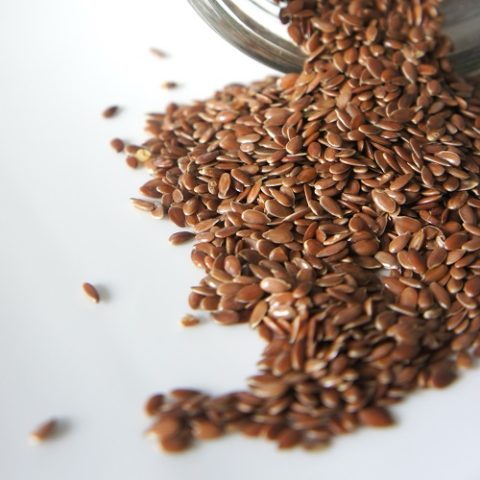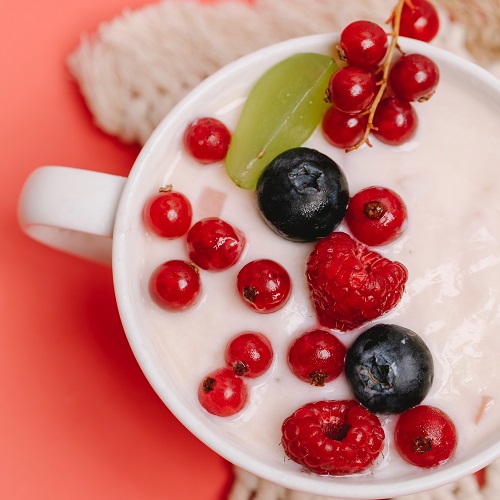High blood pressure (also known as hypertension) is a widespread condition that can lead to more serious health complications if unaddressed. It is thought that 1 in 3 UK adults are living with high blood pressure. Many may not even know they have it, as there are generally no symptoms until other health problems develop. For this reason, high blood pressure has come to be known as a silent killer. If you have high blood pressure, it is important that you can bring it down to safe levels. One way of doing this is to choose foods that lower blood pressure.
Complications of High Blood Pressure
High blood pressure puts strain on your body’s blood vessels and organs. Continued strain can result in damage. Your heart, brain, and kidneys are at particular risk of being affected by high blood pressure. As a result, high blood pressure can lead to conditions such as:
- • Heart disease or failure
- • Strokes
- • Kidney disease
- • Vascular dementia
- • Blindness
Adults over 40 are advised to have their blood pressure checked at least once every five years. Healthy blood pressure for most people is considered to be between 120/80mmHg and 140/90mmHg.
Foods that Lower Blood Pressure
There are several ways to lower blood pressure, and your doctor may offer a few options. One of these methods is to alter your diet, eating more foods that lower blood pressure and less of those that increase it. Salt, for example, is a major contributor to high blood pressure.
This change in your eating habits is often known as the DASH Diet. DASH stands for Dietary Approaches to Stop Hypertension. The goal of this dietary change is to encourage a more balanced diet in line with the Eatwell Plate, though with priority being given to healthier foods containing nutrients such as magnesium and potassium.
To help you care for you blood pressure levels, we have created this list of foods that lower blood pressure.
1. Fatty Fish
It’s easy to forget that there are different types of fats in the food we eat. Omega-3 fats, such as those found in fish like salmon, tuna, and mackerel, help to improve heart health, which can contribute to lower blood pressure. They can also decrease levels of a compound called oxylipin, which can contribute to high blood pressure.
2. Tomatoes
What makes tomatoes good for blood pressure levels is the nutrient called lycopene. This nutrient has a positive impact on heart health, reducing the likelihood of developing heart disease and keeping blood pressure at safe levels. There is also scientific evidence that tomato-based products contribute to better blood pressure, making them one of our picks for foods that lower blood pressure.
3. Leafy Greens
Leafy greens such as spinach and broccoli are high in potassium. This is ideal for fighting high blood pressure. If you have high salt levels in your blood, your body is more likely to hold onto fluids which increases your blood pressure. Potassium helps to break down salt, making it easier for your body to get rid of it. This, in turn, keeps your blood pressure at safe levels.
4. Berries
Adding some berries to your diet is a great way to include some extra colour, but did you know that this colour makes berries good for blood pressure? This is because the rich colours in many berries are caused by a compound called anthocyanin. Anthocyanin relaxes your blood vessels, making them more flexible so blood can flow easier. This improves blood pressure and heart health.
5. Yoghurt
Calcium is another nutrient that can contribute to lower blood pressure. It supports blood vessels with tightening and relaxing at appropriate intervals. What makes yoghurt one of the better choices for foods that lower blood pressure is that it is low in sugar, too, especially if you choose plain yoghurt. If you struggle with plain yoghurt, you can add some fruit. This is a good opportunity to eat more berries, as mentioned above.
6. Seeds
Though not necessarily ideal to eat on their own, adding some unsalted seeds to your meals can introduce extra nutrients to your diet. Amongst these nutrients is magnesium, which is essential for controlling blood pressure levels. The best choices for lowering blood pressure are pumpkin, flax, sunflower, and chia seeds.

7. Beetroot
For some extra nitrates in your body, which help to relax blood vessels, consider eating more beetroot. Alternatively, you could drink beetroot juice. In fact, a study found that beetroot juice was more effective at lowering blood pressure. Either way, beets and beetroot are foods that lower blood pressure, making them ideal for including in your diet.
8. Herbs & Spices
Whilst only certain herbs and spices directly contribute to lower blood pressure, opting to switch the salt for these more nutritional flavourings could make a massive difference. You may find that meals are more flavourful, and you won’t be increasing your blood pressure with too much salt. If you want foods that lower blood pressure, however, you should opt to include herbs and spices such as saffron, lemongrass, cardamom, ginger, and cinnamon in your meals.
A Treat to Lower Blood Pressure
This entry on our list of foods that lower blood pressure should only be consumed occasionally. It is high in sugar and could contribute to other health problems if eaten too often.
Dark chocolate.
Chocolate with 50-70% cocoa content contains a compound called flavanol. This is a natural, plant-based nutrient that can help to widen blood vessels. However, you should try not to exceed more than one square per week. The occasional bite is all you need and will make it more special when you can indulge yourself.
Keeping Blood Pressure Low
Changing your diet is not the full story when it comes to lowering blood pressure. There are various contributing factors that need to be addressed. Maintaining low blood pressure means adopting a healthier lifestyle. Follow your doctor’s advice and take any medication that is prescribed. You will soon find your blood pressure levels settle at a healthy level.
Our Mission
Telecare Choice provide personal alarms for elderly, disabled, and vulnerable people so that they can remain safe and secure in their own homes. A personal alarm allows you to request help at the press of a button. When the alarm is activated, our Monitoring Team speak to you through the loudspeaker to find out what support is needed. They then inform emergency contacts and, if necessary, the emergency services.
You can find out more about Telecare Choice alarms by reading our quick guide. Order your Telecare Choice personal alarm today.
Editor’s Note: This article was updated on 14th May 2024.



